As pet owners we can be panicky when something happens to our friend and companion that requires surgery, and it is only natural for you to want to comfort your pet after surgery. We have to keep in mind that every animal is different, and caring for your animal depends on what kind of operation they just had.
Certain kinds of animals may require different kinds of care in order to heal properly. Take for example cats and dogs. Two different animals with different temperaments are definitely going to have different needs after surgery.
The age of your pet can also affect how quickly they heal and what you should be doing to help. Older pets may require special attention, and they may take more time to fully recover than much younger animals do. Unfortunately, for us owners this means that there isn’t really a uniform list of steps you can take to make your pet feel better faster.
Asking your vet for a detailed list of steps to follow for your pet’s specific needs is the best thing you can do, however here are a few things you can be mindful of when your pet is on the mend regardless of type/surgery/age to ease your troubled mind and ensure you’re doing all you can to help.
- Confine and Immobilize
This may sound kind of harsh, especially considering that your pet just returned home from surgery but it is essential that you give your animal time to heal. Too much movement could result in split sutures and could lead to wounds that heal very slowly, or worse-- never heal. This could then lead to higher risk of infections at the wound-site. The time they spend confined will allow cut tissues to knit themselves back together.
You’ll want to make sure that your pet either has a room all to itself or is in a large enough enclosure away from the excitement of your other animals, if you have any. If you are using a pen or some kind of enclosure, make sure that your animal has enough room to stand up and turn all the way around, and use plenty of blankets for cushioning so that the animal is a comfortable as possible.
- Make Sure They Eat...
Your animal probably won’t have much of an appetite after surgery, even though it has been awhile since their last meal. Monitor how hungry your animal is. Loss of appetite directly after surgery is normal, but it is your job to make sure that they start eating regularly again. Feed them a small meal of something that won’t upset their stomach, like boiled chicken or boiled turkey with rice.
- …And Drink Lots of Water
Likewise, your animal probably won’t know they are thirsty after surgery, but they will need more fluids than usual to aid in the healing process. Don’t leave the animal alone when offering water to them when they first come home, as some animals are still sleepy and fall asleep in their bowl which is a drowning hazard.
- Proper Wound Care
Probably the most important thing that you can do for your pet after their surgery is to monitor the site, in order to make sure the area of their incision is healing properly. Other than that, it is actually best to leave the animal’s stitches alone. Generally, it won’t be necessary for you to do much cleaning around the area, and could irritate the injury, or complicate the healing process for your animal further by causing infection.
It is best to leave the sutures uncovered as much as possible to allow the area to breathe, but if your pet can’t stop fussing with their stitches, it may be necessary to cover it up. Tulane's Closet makes a line of post surgery onesies that are great for this sort of thing.These onesies are either made to be “step-in style” (This means that you simply help your animal step into the breathable cotton garment to put it on) or Pull-over, which makes taking it on and off as painless as possible for you and your animal. The Cotton material is also washable so you can make sure that you are keeping infection far away from the site of the incision.
Even if you have a good boy or girl who doesn’t lick and bite at their stitches, you should cover them up with a bandage if you have to take your animal outside to relieve themselves. This will keep dirt out of the stitches and stop the area from getting irritated while outdoors. Kruuse Fun-Flex cohesive bandages are a great choice of bandage for this task. The bandage adheres to itself, so it isn’t necessary to use a clip or a fastener of any kind, but it also doesn’t stick to fur so you won’t traumatize your pet when you remove it. They also come in all sorts of fun colors and patterns to choose from.
Let’s recap: Surgery is scary and stressful for anyone, human or animal. Help to minimize the discomfort of surgery by paying attention to a few things after your pet returns home. Make sure that they are comfortable, and if you have other animals make sure to isolate them from the others while they heal. Make sure your pet is eating and drinking water like they normally do as this will further encourage healing. Lastly leave the wound alone. Don’t let your pet chew or bite the area, but also you won’t really need to clean the wound in most cases and doing so can irritate the wound further. As stated above, your vet’s advice is the best advice to follow in these matters Generally it is best to just leave it alone and watch to make sure healing is progressing as it should.
There you have it, follow these general rules of thumb and your pet is sure to feel better in no time.



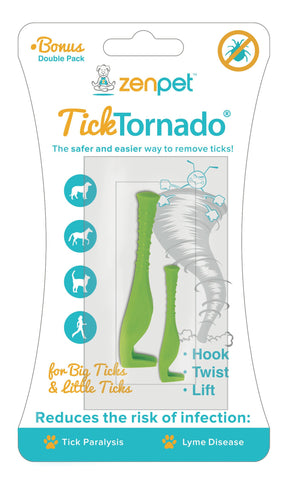
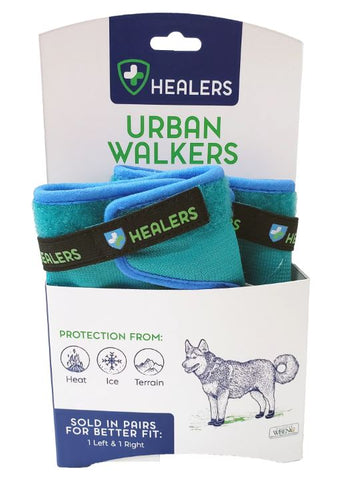
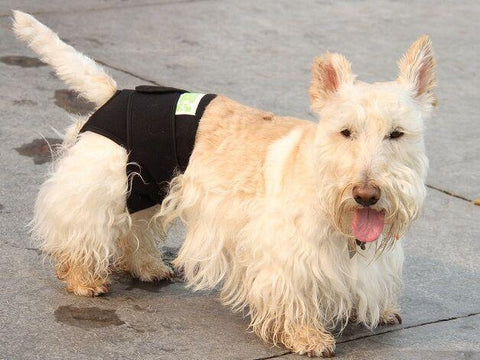
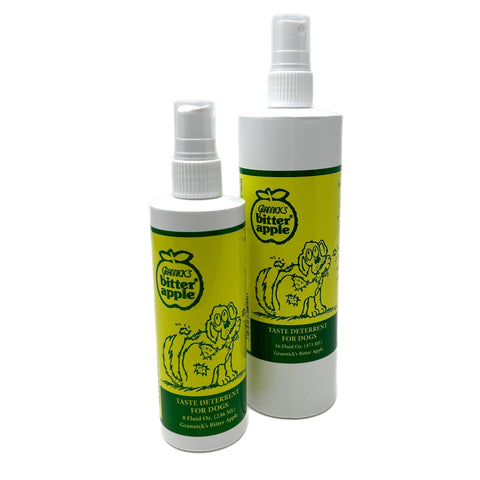










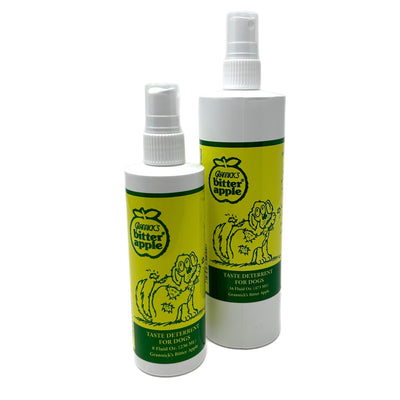
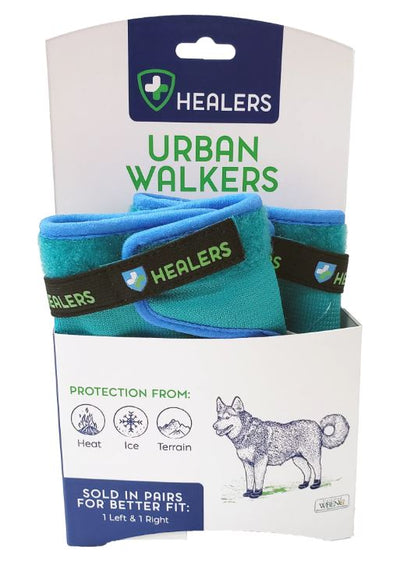
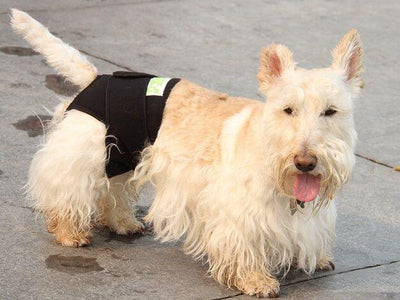
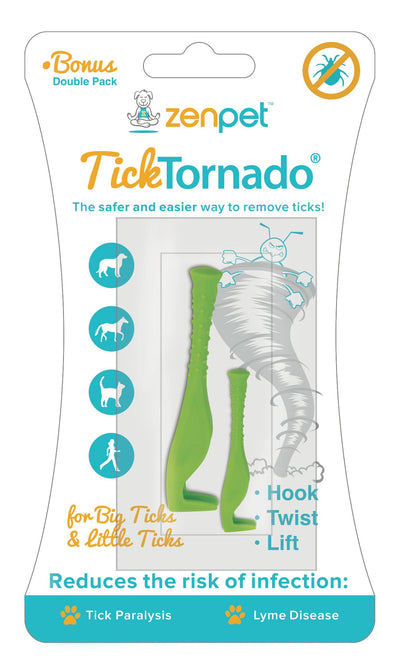
Leave a comment